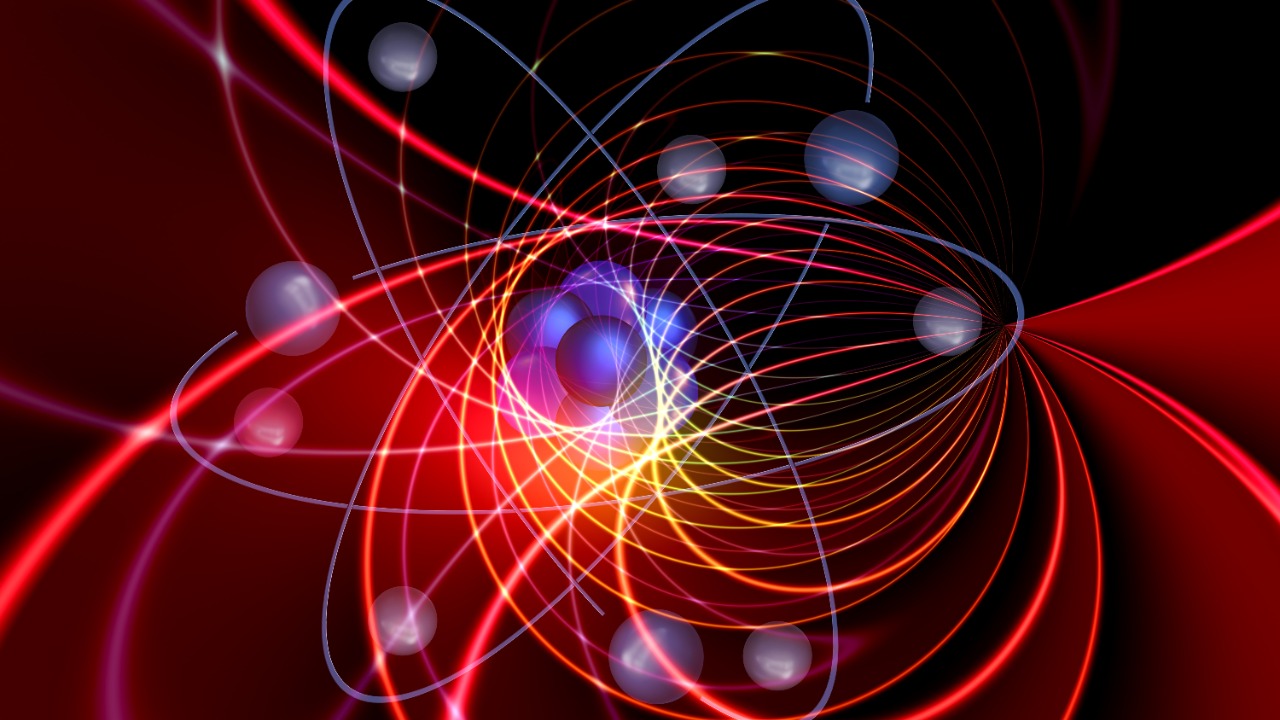
In a groundbreaking discovery, physicists have identified a loophole in Heisenberg’s uncertainty principle, a fundamental tenet of quantum mechanics, without actually violating it. This revelation underscores the ongoing evolution of quantum theory and its interpretations, offering new insights into the precision of measurements at the subatomic level. The findings, reported by Live Science, highlight the dynamic nature of scientific exploration and the potential for new theoretical advancements.
Understanding Heisenberg’s Uncertainty Principle
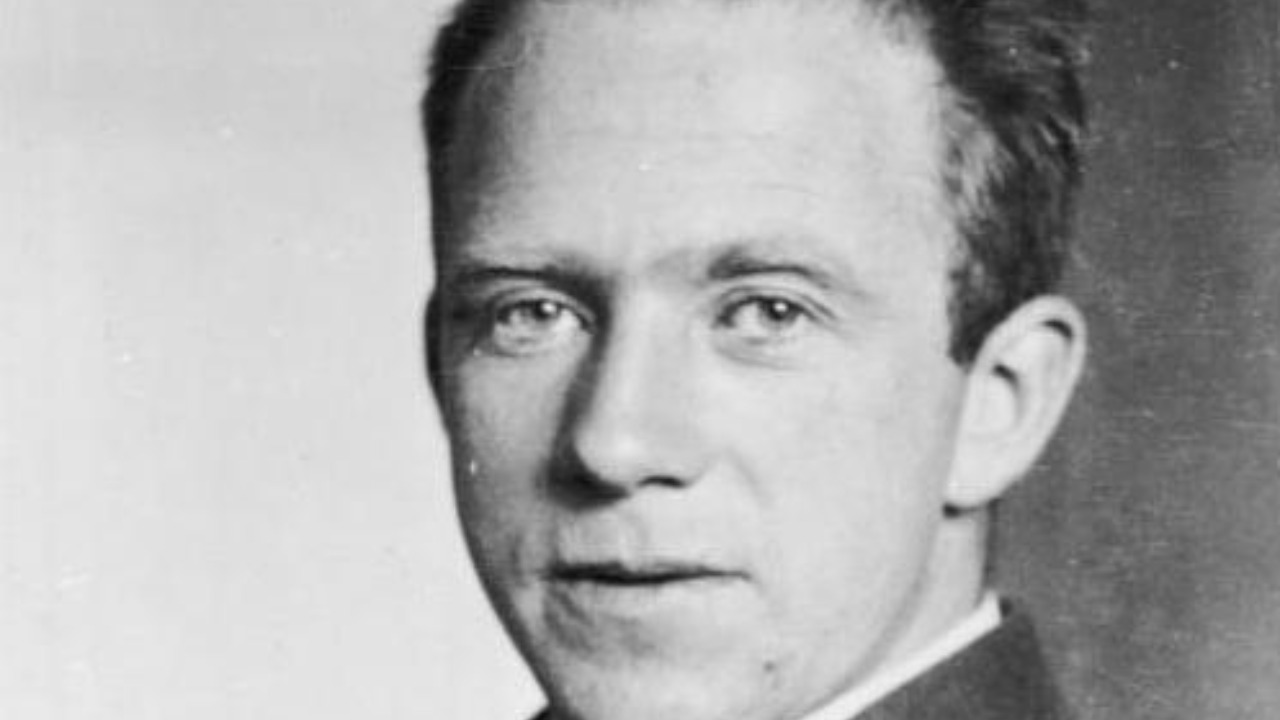
Heisenberg’s uncertainty principle, formulated by Werner Heisenberg in 1927, is a cornerstone of quantum mechanics. It posits that certain pairs of physical properties, such as position and momentum, cannot be simultaneously measured with arbitrary precision. This principle fundamentally challenges classical mechanics, where such measurements are assumed to be possible. The uncertainty principle implies that the more precisely one property is measured, the less precisely the other can be known, introducing a fundamental limit to measurement accuracy.
Historically, the uncertainty principle has been pivotal in shaping our understanding of quantum systems. It has led to the realization that at the quantum level, particles do not have definite positions or velocities until they are measured. Over the years, physicists have explored the boundaries of this principle, seeking to understand its implications and potential exceptions. These explorations have often involved sophisticated experiments and theoretical models aimed at probing the limits of quantum measurement.
In practical terms, the uncertainty principle has profound implications for how we understand and interact with the quantum world. It suggests that at a fundamental level, nature is inherently probabilistic rather than deterministic, a concept that challenges our classical intuitions. This probabilistic nature is not just a limitation of our measurement tools but a fundamental property of quantum systems themselves. The principle has been instrumental in the development of technologies such as electron microscopes and quantum cryptography, where the limits of measurement precision play a crucial role in their operation and security.
Furthermore, the uncertainty principle has philosophical implications, influencing debates about the nature of reality and the limits of human knowledge. It raises questions about the observer’s role in the measurement process and whether reality exists independently of observation. These discussions have been central to the interpretation of quantum mechanics, with various schools of thought, such as the Copenhagen interpretation and many-worlds theory, offering different perspectives on these fundamental issues.
The Discovery of the Loophole
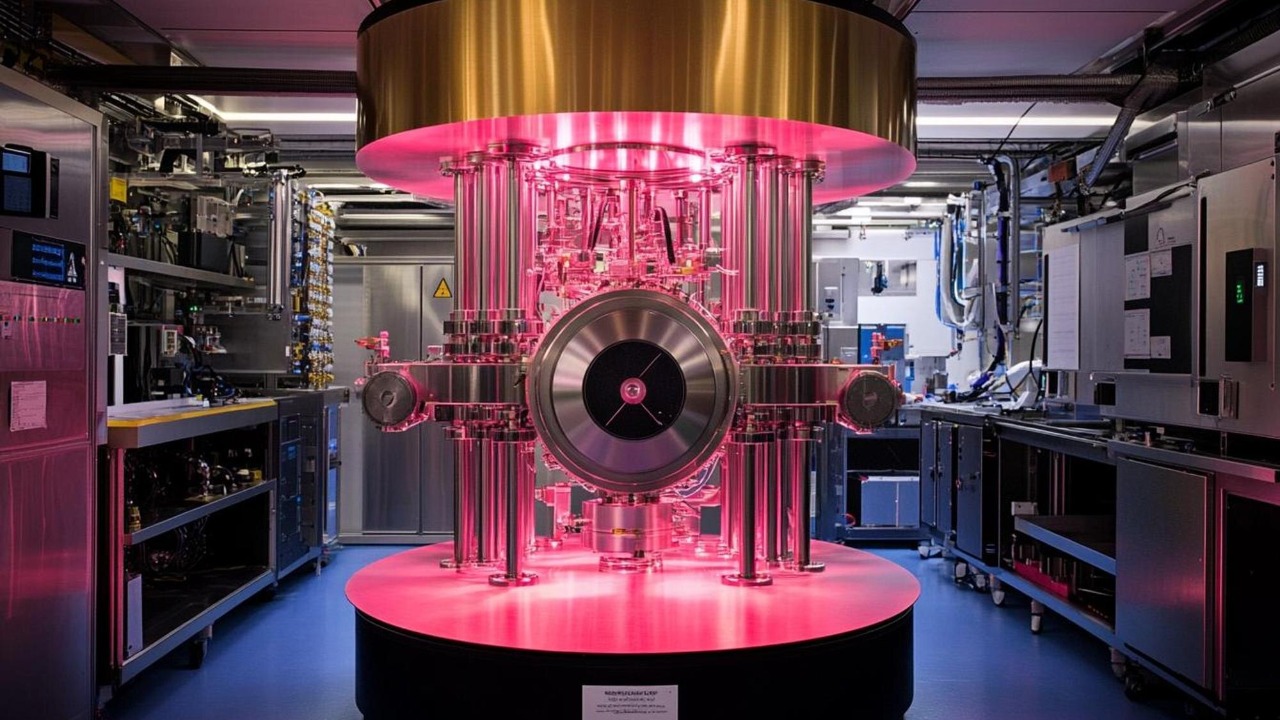
The recent discovery of a loophole in the uncertainty principle represents a significant advancement in quantum physics. According to Live Science, physicists have found a way to bypass the traditional constraints of the principle without violating its core tenets. This breakthrough was achieved through innovative experimental techniques that allow for more precise measurements of quantum properties than previously thought possible.
The methodology behind this discovery involved a series of experiments designed to test the limits of measurement precision. By employing advanced quantum technologies, researchers were able to demonstrate that certain measurements could be made with greater accuracy, effectively finding a loophole in the uncertainty principle. This finding does not negate the principle itself but rather expands our understanding of its applicability and limitations.
The experiments that led to the discovery of the loophole involved manipulating quantum states with unprecedented precision. Researchers utilized techniques such as quantum entanglement and superposition to achieve measurement accuracies that were previously deemed impossible. These methods allowed them to circumvent the traditional trade-offs imposed by the uncertainty principle, effectively pushing the boundaries of what can be measured in quantum systems. This approach not only demonstrates the flexibility of quantum mechanics but also showcases the potential for future innovations in quantum measurement technologies.
Additionally, the discovery highlights the importance of interdisciplinary collaboration in advancing quantum research. Physicists, engineers, and computer scientists worked together to develop the experimental setups and theoretical models necessary for this breakthrough. This collaborative effort underscores the complexity of modern scientific research, where diverse expertise is often required to tackle challenging problems and achieve significant advancements.
Implications for Quantum Mechanics
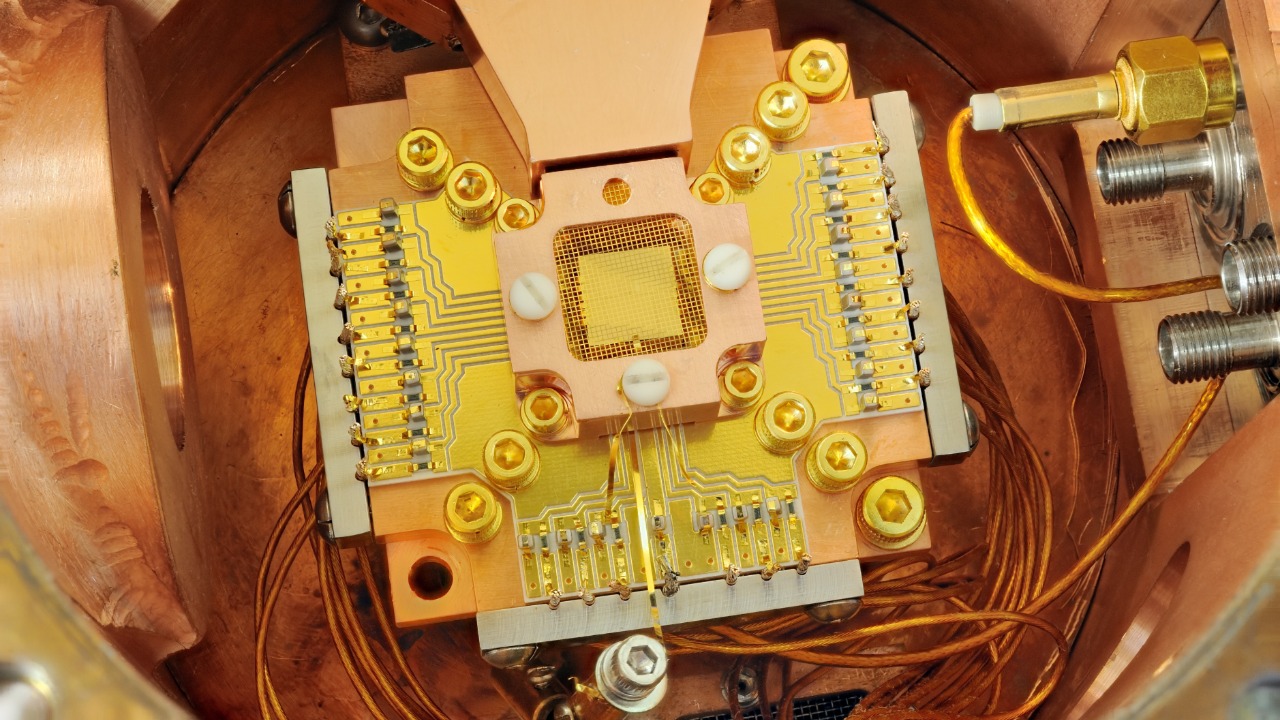
This discovery has profound implications for the field of quantum mechanics. By revealing a loophole in the uncertainty principle, physicists have opened new avenues for research and technological innovation. This could lead to advancements in areas such as quantum computing, where precise control and measurement of quantum states are crucial. The ability to measure quantum properties with greater accuracy could enhance the development of quantum algorithms and improve the performance of quantum computers.
Moreover, the discovery may inspire new theoretical frameworks or modifications to existing quantum theories. As researchers continue to explore the implications of this loophole, it could lead to a deeper understanding of quantum mechanics and its foundational principles. This, in turn, might result in novel applications in fields like quantum cryptography, where secure communication relies on the principles of quantum uncertainty.
One of the most exciting potential applications of this discovery is in the realm of quantum sensing. By leveraging the newfound ability to measure quantum properties with greater precision, scientists could develop sensors that are far more sensitive than current technologies. These sensors could have applications in fields ranging from medical imaging to geological exploration, where detecting minute changes in physical properties is crucial. The enhanced measurement capabilities could also lead to breakthroughs in fundamental physics, allowing researchers to test theories and models with unprecedented accuracy.
Furthermore, the discovery could influence the development of quantum communication systems. By improving the precision of quantum state measurements, it may be possible to enhance the security and efficiency of quantum communication protocols. This could lead to more robust quantum networks that are resistant to eavesdropping and capable of transmitting information over longer distances without loss of fidelity. Such advancements would be pivotal in realizing the full potential of quantum internet and secure global communication networks.
Reactions from the Scientific Community
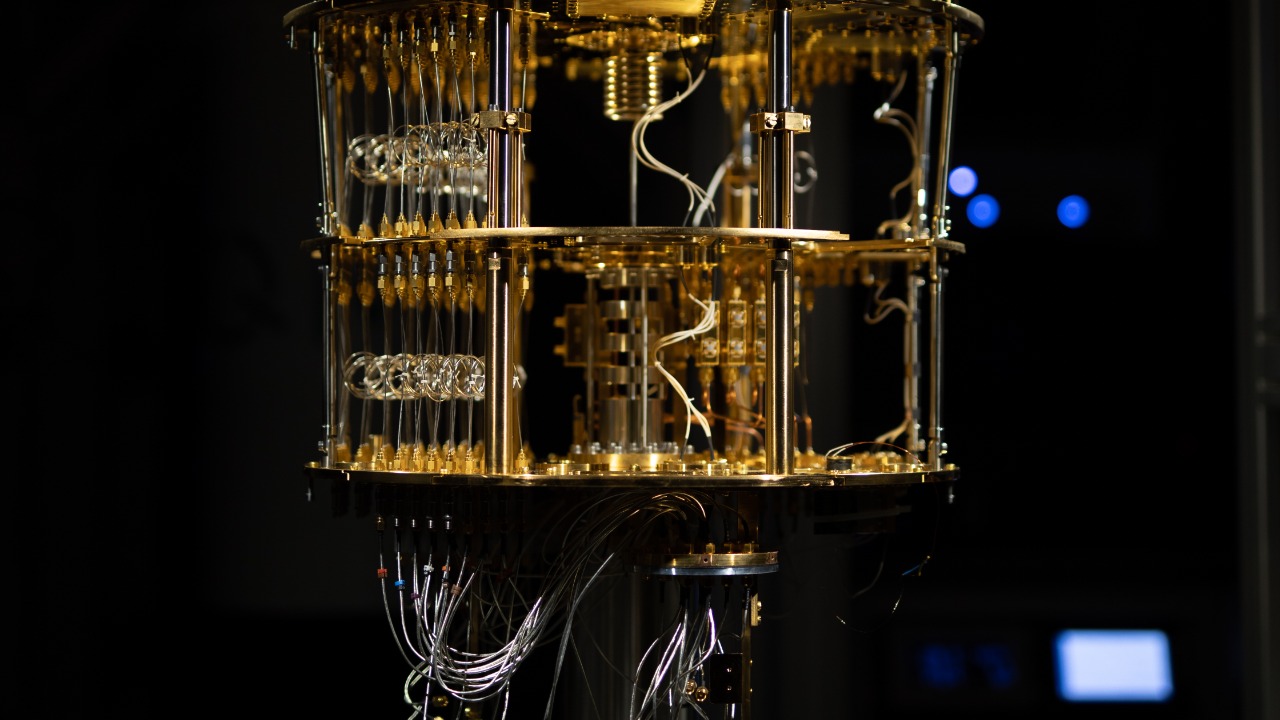
The scientific community has reacted with both excitement and curiosity to the discovery of this loophole. Notable physicists and researchers have expressed interest in the potential applications and theoretical implications of the findings. While some view it as a natural progression in the evolution of quantum theory, others see it as a challenge to existing paradigms, prompting debates and discussions within the field.
Despite the excitement, the discovery has also sparked some controversy. Critics argue that while the loophole offers new insights, it does not fundamentally alter the principles of quantum mechanics. Instead, it highlights the complexity and nuance of quantum systems, emphasizing the need for continued research and exploration. Overall, the broader scientific community recognizes the importance of this finding and its potential to reshape our understanding of quantum mechanics.